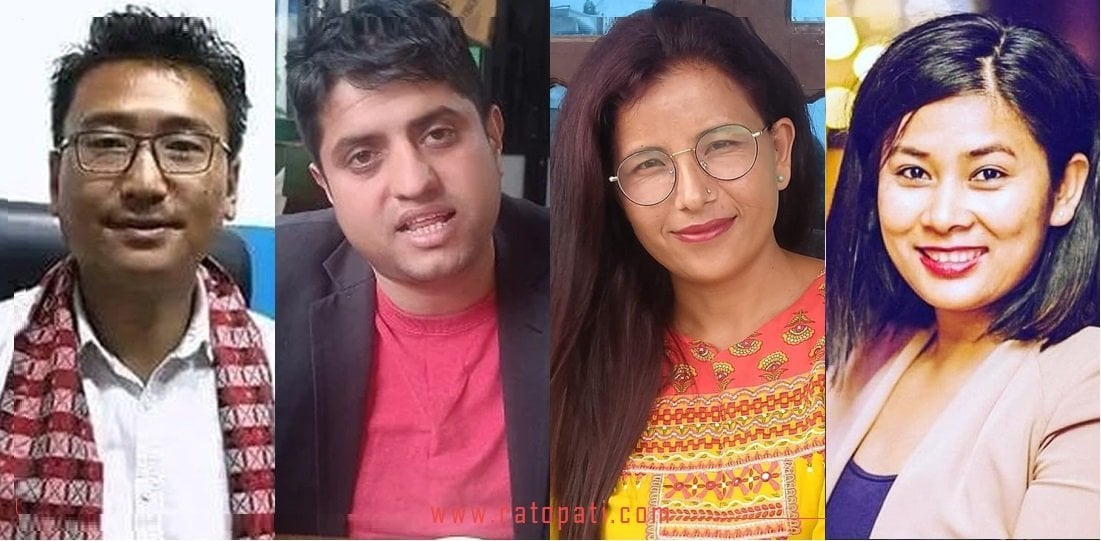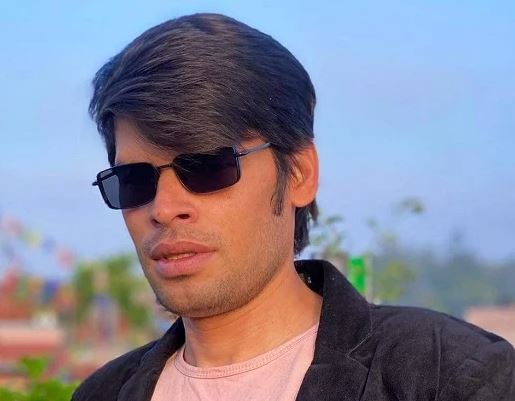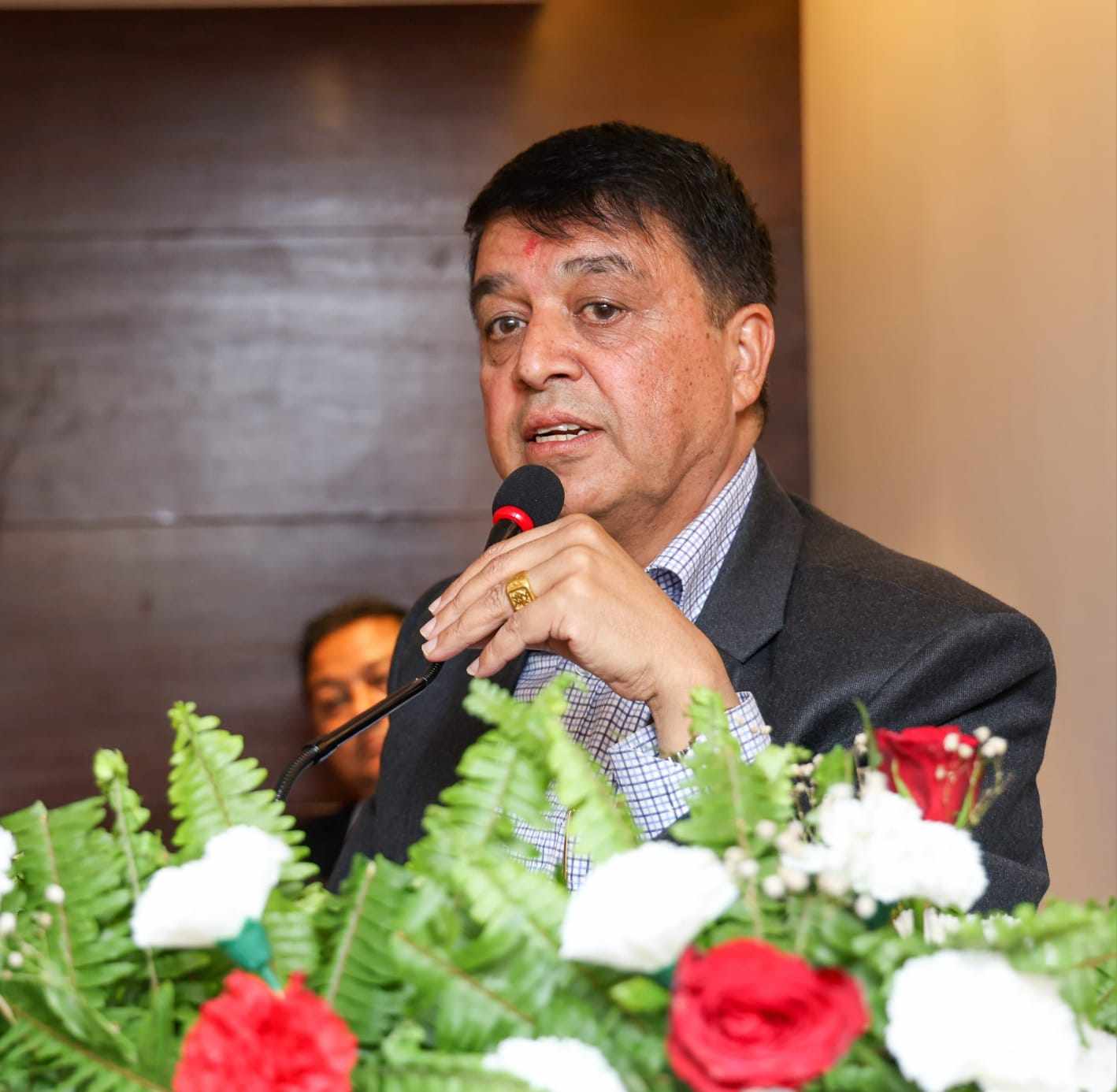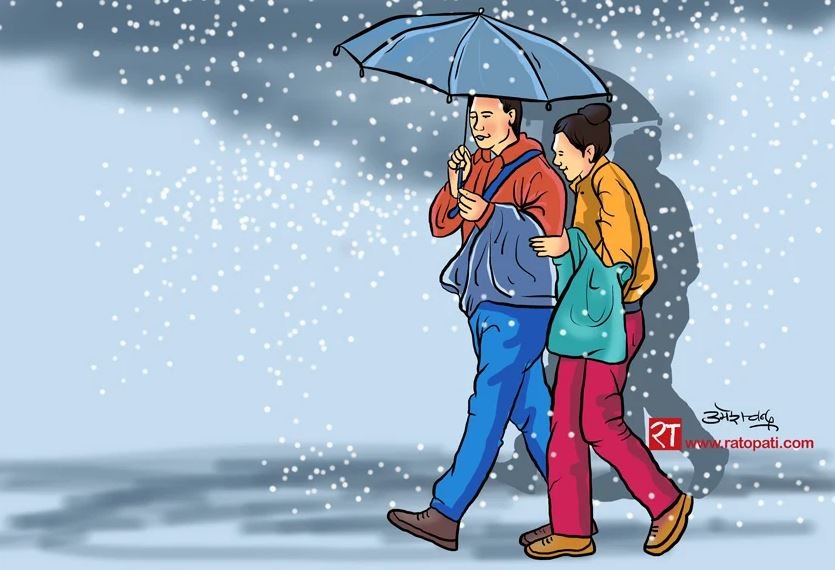Student Movements in Nepal: New challenges amid regional turmoil

Kathmandu, August 7: Sheikh Hasina, who governed Bangladesh continuously for 15 years, was recently overthrown following student protests. The Prime Minister was compelled to leave the country after protests against the reservation system in government jobs turned violent over the past two months. On Monday afternoon, she arrived in New Delhi, India, seeking for asylum. Despite her Awami League party's impressive victory in the 2023 elections in Bangladesh, Hasina's tenure, which began in 2009, ended in turmoil.
Hasina's rule has been marked by accusations of autocratic behavior, including the suppression of opposition and misuse of government reservations for influential families. The so-called 'Hasina era' concluded with her inability to manage the escalating student unrest. This follows a pattern seen two years ago when former Sri Lankan President Gotabaya Rajapaksa fled amidst civil unrest. The collapse of the Rajapaksa regime, which had dominated Sri Lanka's once-thriving economy, underscored the impact of civil movements on governance.
Political pundits are now discussing whether such movements could gradually influence South Asia. Student leaders warn that if governments do not heed the voices of young people, even Nepal may not remain unaffected.
Nepali Student Movement: Current Trends
Dujang Sherpa, president of the Nepal Student Union (NSU), notes that people have started questioning the relevance of student movements. However, he asserts that student groups are acting as a check on power. Historically, the Nepali student movement was highly effective, but Sherpa acknowledges that although student agitation has mellowed, efforts to alert the government and political parties continue.
Sherpa reflects on past efforts, including protests at Baluwatar and boycotts of Tribhuvan University Senate meeting by NSU, highlighting the 14-year hiatus in Student Union elections that stifled debate. He argues that recent criticisms of the student movement, such as claims of ineffectiveness, overlook the challenges faced in vocally raising the issues like price hikes.
On the other hand, Samik Badal, president of ANNFSU, a student organization aligned with CPN-UML, asserts that while the nature of student movements has changed, the intentions still are the same. Badal points out that modern student activism now utilizes art, social media, and technology, in contrast to previous street protests. He warns that if Nepal’s government fails to ensure prosperity, it risks a scenario similar to Bangladesh’s recent turmoil.
Pancha Singh, chairman of ANNFSU (Revolutionary), student wing of the main opposition CPN (Maoist Center), insists that the student movement in Nepal is not weak but rather has shifted focus. She criticizes the current lack of attention to creative protest methods and the power-centric tendencies within the student movement. Singh emphasizes that even during the Maoist government's tenure, they had asserted pressure for university reform and good governance.
Student leaders agree that if Nepal’s rulers do not learn from Bangladesh's experience and fail to implement people-oriented reforms, the political situation may become dire.
Aarati Lama, chairman of ANNFSU, a student organization associated with the CPN (Unified Socialist), acknowledges that while recent student activism may seem subdued, the movement's core mission to combat corruption, inflation, and advocate for university reforms persists. She notes that political parties' involvement in crony capitalism and leaders investing in schools and campuses for profits may have diluted the student movement's impact but emphasizes that activism continues.
Historical Context of the Nepali Student Movement
The Nepali student movement, which has historically fought against autocratic rule, began organizing in 1935 with the establishment of the 'Nepali Chhatra Sangh' by Nepali students in Banaras, India. The movement gained momentum after the assassination of student leader Gangalal Shrestha in 1940, playing a pivotal role in ending the monarchy and participating in the Madhesh uprising of 2006, advocating for federalism and constitutional rights.
Student activism faced setbacks during King Mahendra’s imposition of autocratic Panchayat rule in 1960 and the impact of global events such as assasination of Zulfikar Ali Bhutto in 1979. The people's movement of 1990, which dismantled the Panchayat system, was significantly driven by student involvement. However, since the establishment of the republic, the student movement in Nepal has appeared to weaken.
Recent criticisms include accusations that student organizations are overly influenced by their maternal political parties, and that they have remained silent on pressing issues like unemployment, inflation, and corruption.










Leave Comment